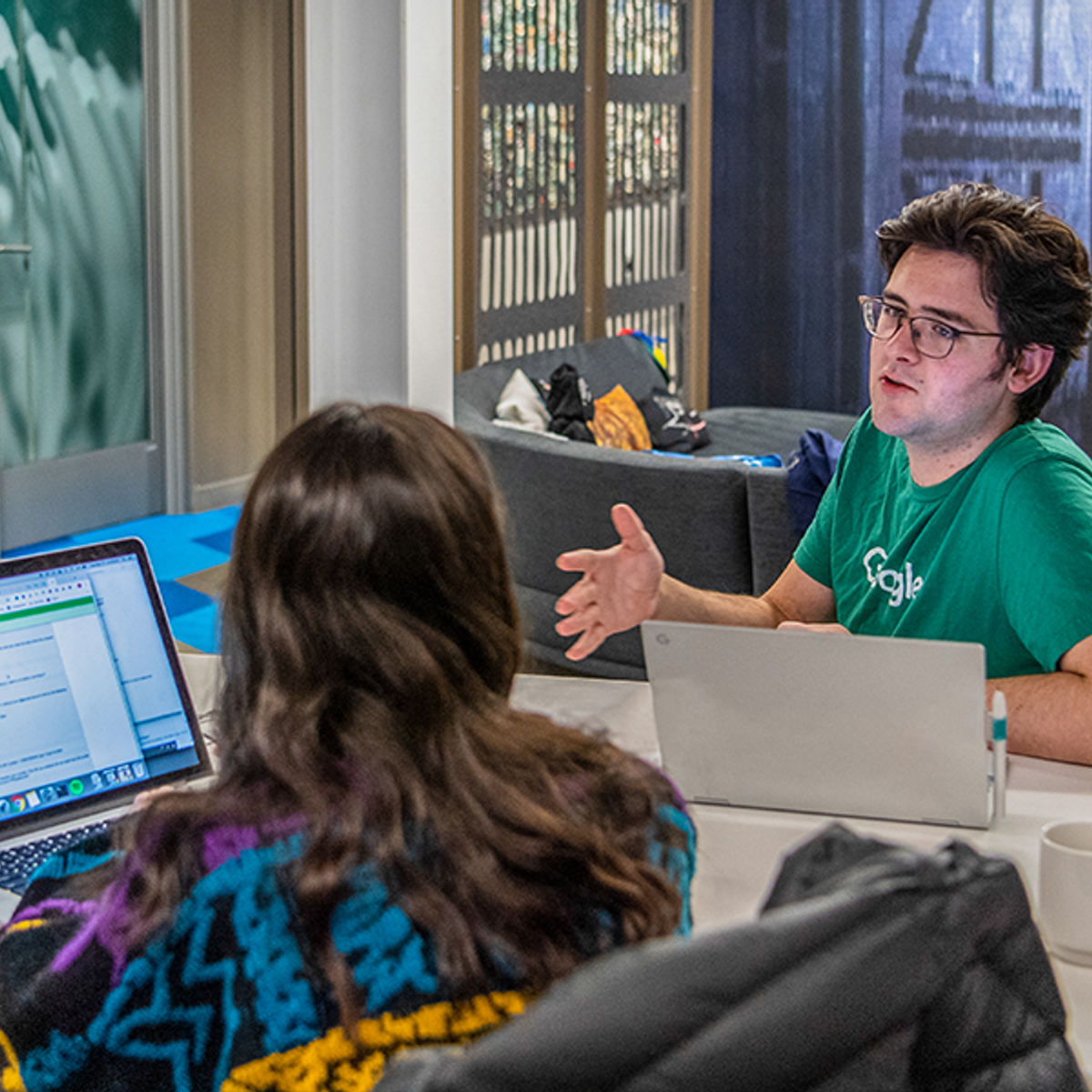Build Wireframes and Low-Fidelity Prototypes
Overview
Build Wireframes and Low-Fidelity Prototypes is the third course in a certificate program that will equip you with the skills you need to apply to entry-level jobs in user experience (UX) design. In this course, you’ll continue to design a mobile app for your professional UX portfolio. You’ll start by creating storyboards and getting familiar with the basics of drawing. Then, you'll create paper wireframes and digital wireframes using the design tool Figma. You’ll also create a paper prototype and a digital low-fidelity prototype in Figma. Current UX designers and researchers at Google will serve as your instructors, and you will complete hands-on activities that simulate real-world UX design scenarios. Learners who complete the seven courses in this certificate program should be equipped to apply for entry-level jobs as UX designers. By the end of this course, you will be able to: - Develop a goal statement. - Create two types of storyboards: big picture and close-up. - Understand the difference between low-fidelity and high-fidelity design. - Apply the basics of drawing. - Apply the principles of information architecture to organize a mobile app. - Create paper wireframes for a mobile app design. - Develop digital wireframes in the design tool Figma. - Build a paper prototype to add interactivity to designs. - Design a low-fidelity prototype in Figma. - Recognize implicit bias and deceptive patterns in design. - Continue to design a mobile app to include in your professional portfolio. To be successful in this course, you should complete the previous two courses in this certificate program, or have an ability to conduct user research to inform the creation of empathy maps, personas, user stories, user journey maps, problem statements, and value propositions. You will also need paper and a pen or pencil.
